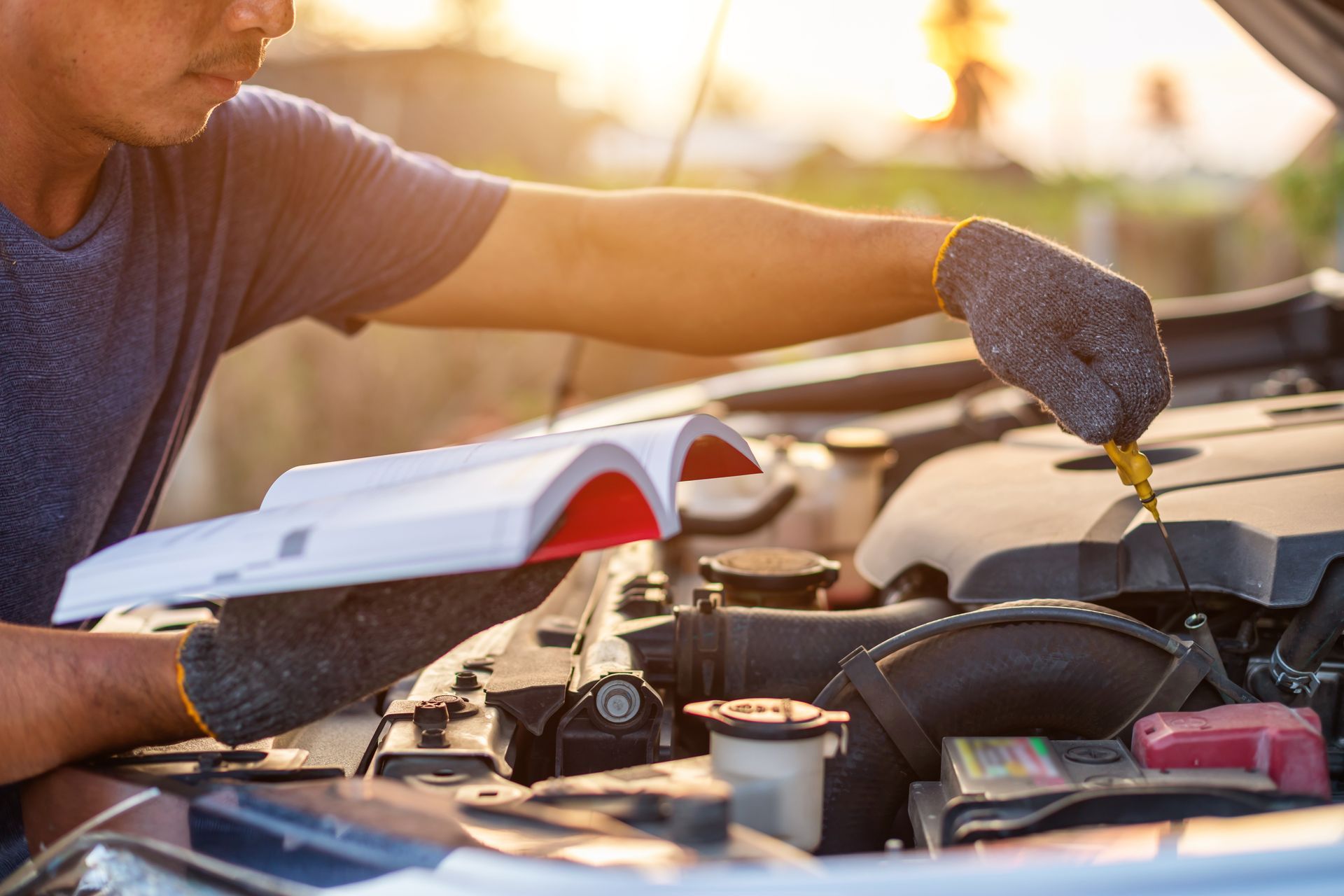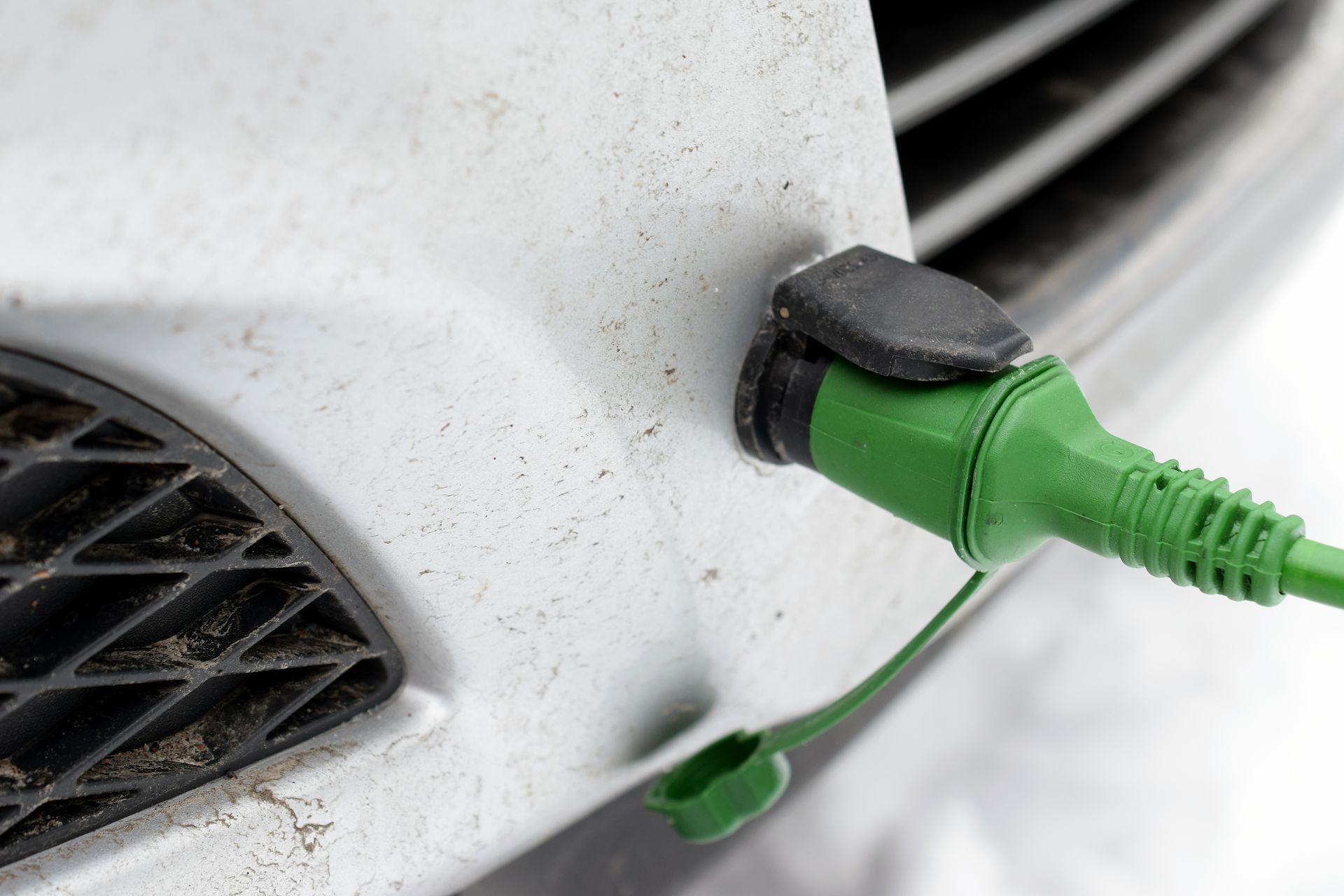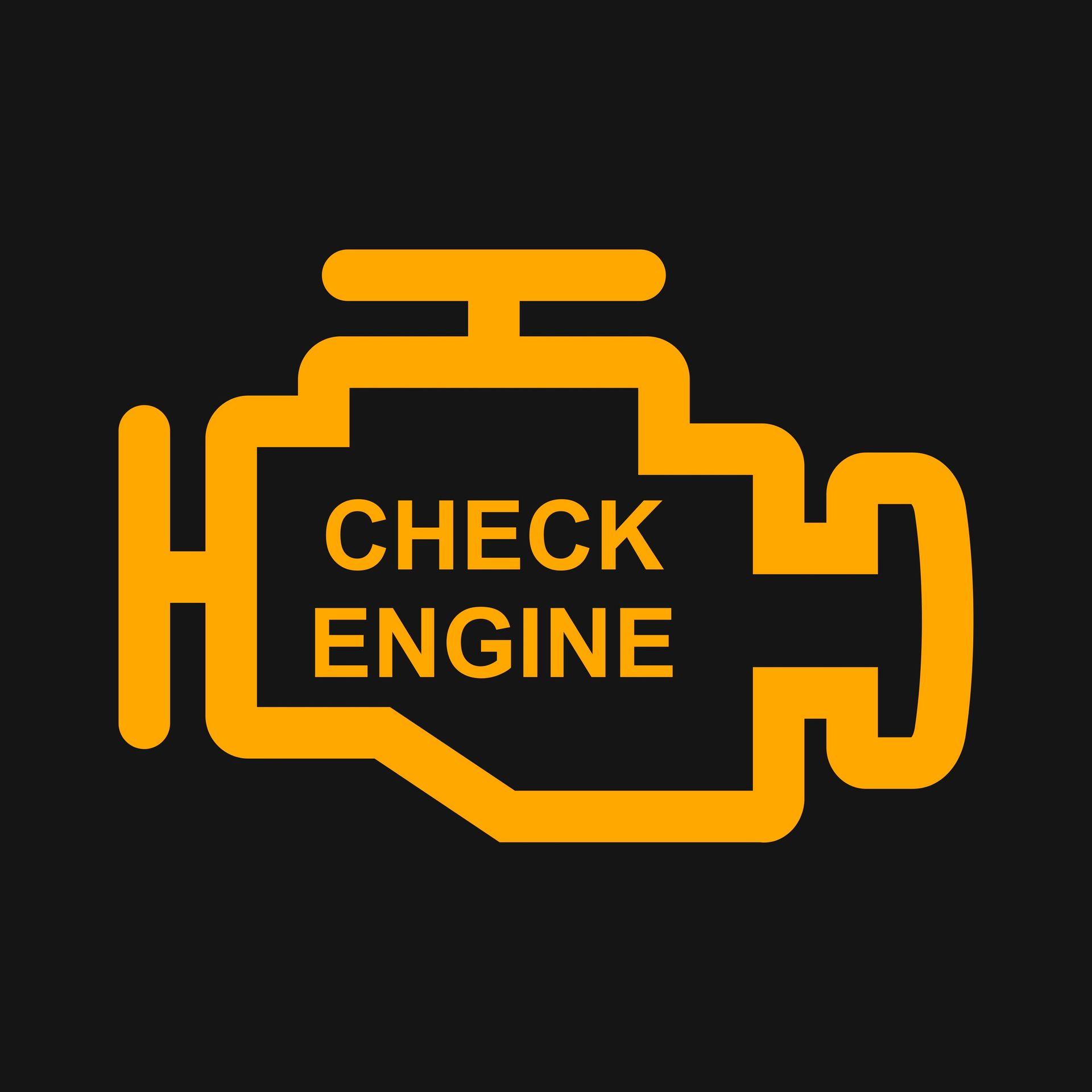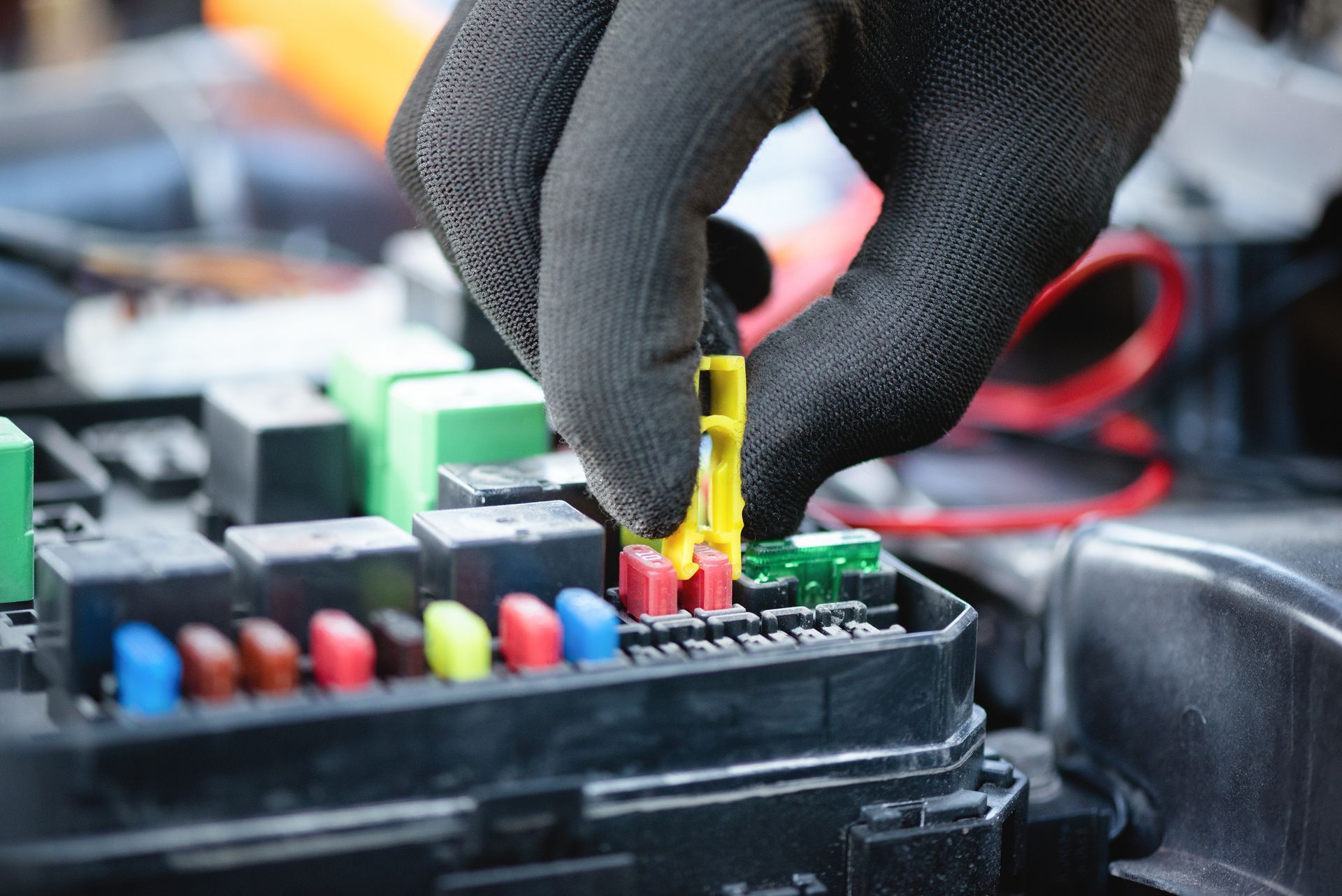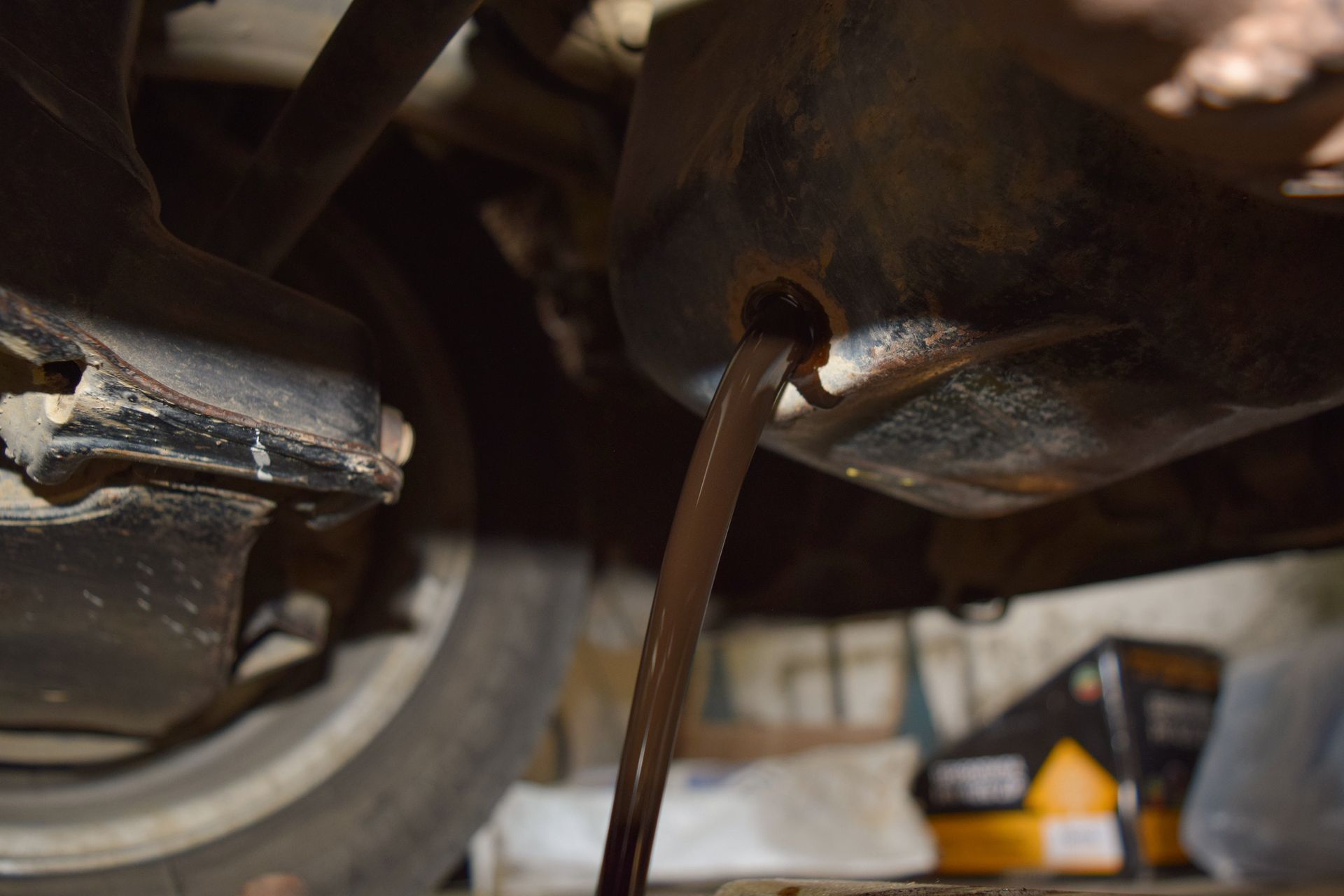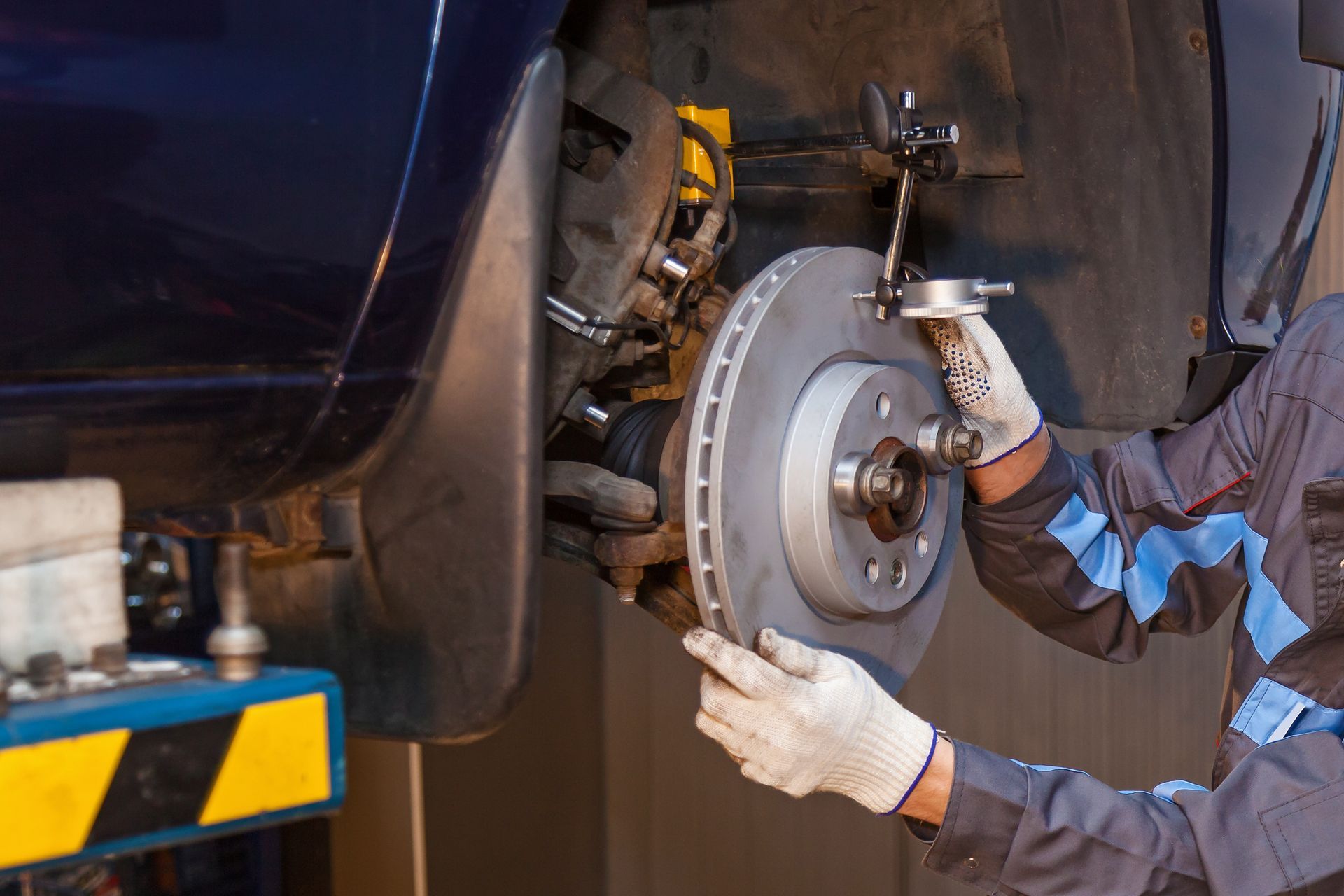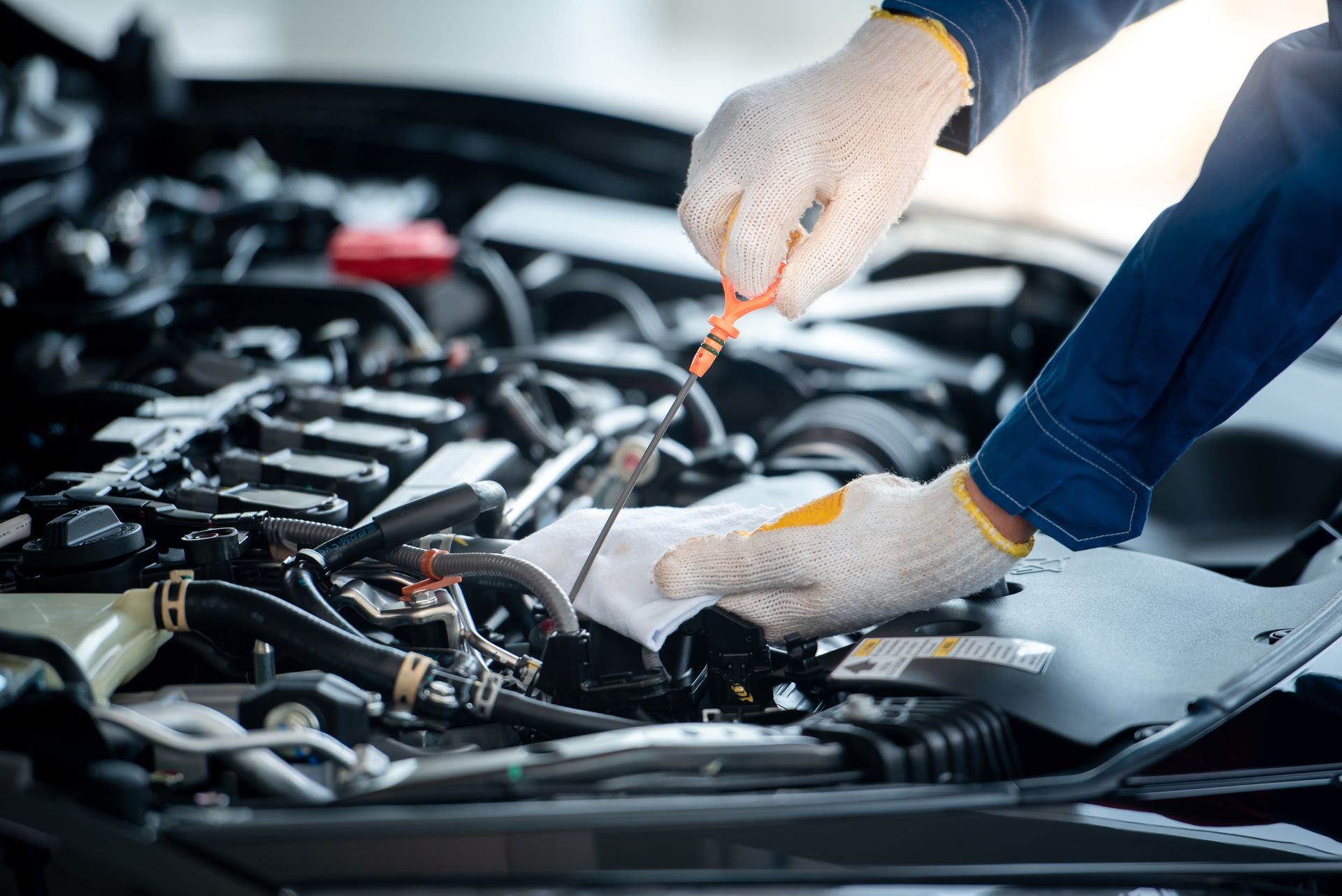Our cars are complex machines, and their safety features often go unnoticed – until they're needed. One crucial safety feature that deserves regular attention is your vehicle's lighting system. Headlights, taillights, brake lights, and turn signals play a vital role in ensuring clear visibility for you and other drivers on the road, especially during low-light conditions.
Why regularly checking your vehicle lighting is essential for safe driving
Enhanced Visibility for Yourself and Others
Headlights illuminate the road ahead, allowing you to navigate safely in darkness or low-light conditions. Dim or malfunctioning headlights can significantly hinder your ability to see potential hazards, increasing the risk of accidents. Similarly, taillights and brake lights are crucial for letting drivers behind you know your position and braking intentions. A malfunctioning tail light or brake light can lead to rear-end collisions.
Clear Communication on the Road
Turn signals are your car's way of communicating with other drivers. A faulty turn signal can create confusion on the road, leading to dangerous situations. Imagine trying to change lanes without properly indicating your intention – a recipe for disaster!
Legal Compliance
In most regions, having properly functioning vehicle lighting is a legal requirement. Driving with a malfunctioning headlight, taillight, or turn signal can lead to fines and even vehicle impoundment.
How Often Should You Check Your Vehicle Lighting?
It's a good practice to visually inspect your car's lights at least once a month. A quick walk around the vehicle can reveal any burned-out bulbs or damaged fixtures. Additionally, ask a friend or family member to stand behind the car while you activate the brakes and turn signals to ensure everything is functioning properly.
What to Look for During Your Check
- Headlights: Check for cracks or hazing on the headlight lenses. Ensure both headlights are on and shining brightly with a clear white beam pattern.
- Taillights and Brake Lights: Confirm both tail lights are functioning and illuminate when you turn on your headlights. Step on the brakes and verify both brake lights activate brightly.
- Turn Signals: Turn on the turn signals and listen for the clicking sound. Visually confirm that the corresponding turn signal (front and back) flashes amber light.
Don't Be Left in the Dark: When to Seek Professional Help
While a basic visual inspection can identify many lighting issues, some problems might require a professional touch. Here are some situations where seeking help from a qualified mechanic is recommended:
- Frequent Bulb Burnouts: If you're replacing bulbs frequently, there might be an underlying electrical issue that needs professional diagnosis and repair.
- Dim or Flickering Lights: Dim or flickering lights can be a sign of failing bulbs, loose connections, or alternator problems. A mechanic can identify the root cause and recommend the appropriate solution.
- Damaged Headlight Lenses: Cloudy or scratched headlight lenses can significantly reduce light output. In some cases, polishing or restoration might be possible. However, severely damaged lenses might require replacement.
At Shawnee Station Automotive, we understand the importance of proper vehicle lighting for safe driving. Our certified technicians can perform a comprehensive inspection of your car's lighting system, identify any issues, and recommend the necessary repairs or replacements.
Schedule an appointment today for a peace-of-mind lighting check!
Don't wait for a bulb to burn out or a ticket from law enforcement. Prioritize your safety and the safety of others by ensuring your car's lighting system is in top condition.

